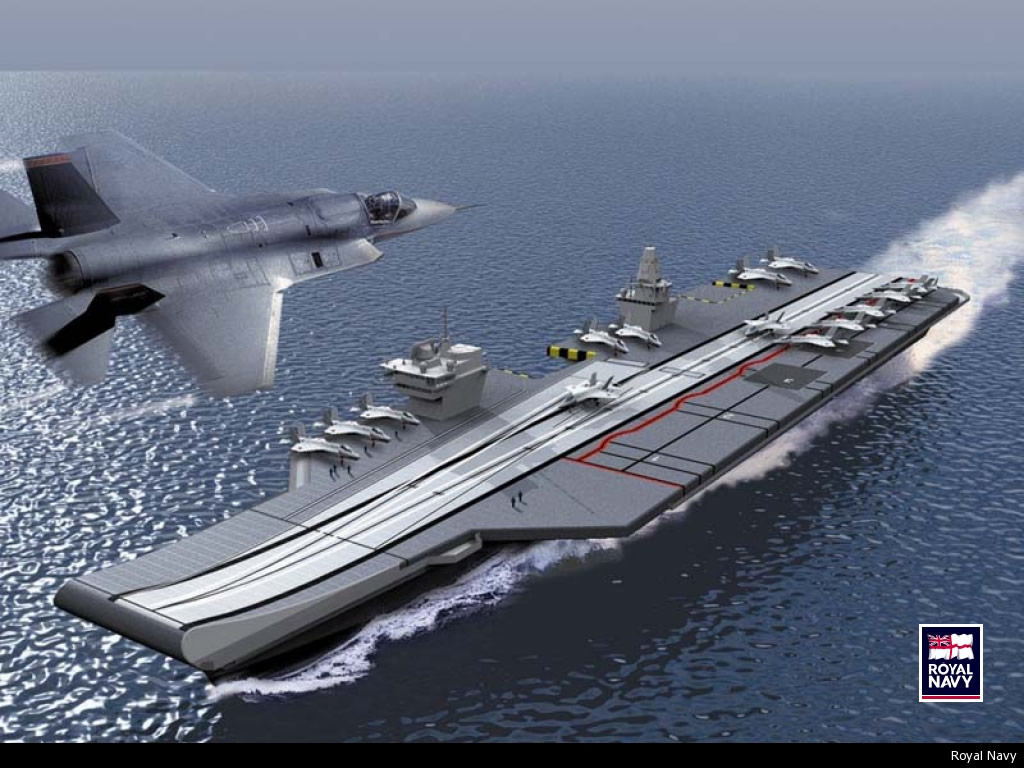Really, the whole semantics thing is really silly to keep arguing Pat. You're not making any points, just making yourself look like the kid on the playground who thinks his dad a heavy weight champion. But you also used some pretty bad logic here and I can't let that stand.
That's... one way to look at it if you're trying to get results that conform to your preconceived view point. However you're falling victim to a sampling bias by counting ship numbers rather than class numbers. You're comparing classes, not ships. So a better (but not perfect, I'll get to this) way of deducing average is to add up the tonnage of classes and then dividing that number by the number of classes sampled.
US:
Enterprise - 95,000
Nimitz - (average) 102,000
United Kingdom:
Illustrious - 22,000
France:
Charles DeGaulle - 42,000
Russia:
Admiral Kuznetsov - 55,000
Italy:
Cavour - 30,000
Giuseppe Garibaldi - 14,000
India:
Viraat – 28,000
Spain:
Principe de Asturias – 17,000
Juan Carlos I – 27,000
Brazil:
San Paolo – 33,000
Thialand:
Chakri Naruebet – 11,000
Average class size - 37,116
Queen Elizabeth - 65,000
A more inclusive list would include ships that were similar to active ships when they were retired -- I assume the Soviets had more than just Admiral Kuznetsov carriers. But the point is, the USN operatives carriers roughly 3 times larger than the average. I'd consider a ship ~2x average to be "large" and you can keep your dick posturing by being super sized.
List of active carriers and their displacements (long tons when differentiated, rounded to nearest thousand full load):
United States:
Enterprise - 95,000
Nimitz - 100,000
Dwight D. Eisenhower - 102,000
Carl Vinson - 101,000
Theodore Roosevelt - 105,000
Abraham Lincoln - 100,000
George Washington - 104,000
Harry S. Truman – 104,000
John C. Stennis - 103,000
Ronald Reagan - 101,000
George H. W. Bush - 102,000
United Kingdom:
Illustrious - 22,000
France:
Charles DeGaulle - 42,000
Russia:
Admiral Kuznetsov - 55,000
Italy:
Cavour - 30,000
Giuseppe Garibaldi - 14,000
India:
Viraat – 28,000
Spain:
Principe de Asturias – 17,000
Juan Carlos I – 27,000 (I consider this more of an amphibious ship, but it was on the list)
Brazil:
San Paolo – 33,000
Thialand:
Chakri Naruebet – 11,000
The average size for a carrier = 65,000
I had been using napkin calculations before. Now I have now shown conclusively that the new QEs are literally EXACTLY the average, ie the definition of medium.
More importantly that list makes something else clear. 11 of 21 carriers in the world are of the 100K range type, or more than half. That makes them the standard for what a carrier is, not the light European variety.
That's... one way to look at it if you're trying to get results that conform to your preconceived view point. However you're falling victim to a sampling bias by counting ship numbers rather than class numbers. You're comparing classes, not ships. So a better (but not perfect, I'll get to this) way of deducing average is to add up the tonnage of classes and then dividing that number by the number of classes sampled.
US:
Enterprise - 95,000
Nimitz - (average) 102,000
United Kingdom:
Illustrious - 22,000
France:
Charles DeGaulle - 42,000
Russia:
Admiral Kuznetsov - 55,000
Italy:
Cavour - 30,000
Giuseppe Garibaldi - 14,000
India:
Viraat – 28,000
Spain:
Principe de Asturias – 17,000
Juan Carlos I – 27,000
Brazil:
San Paolo – 33,000
Thialand:
Chakri Naruebet – 11,000
Average class size - 37,116
Queen Elizabeth - 65,000
A more inclusive list would include ships that were similar to active ships when they were retired -- I assume the Soviets had more than just Admiral Kuznetsov carriers. But the point is, the USN operatives carriers roughly 3 times larger than the average. I'd consider a ship ~2x average to be "large" and you can keep your dick posturing by being super sized.











